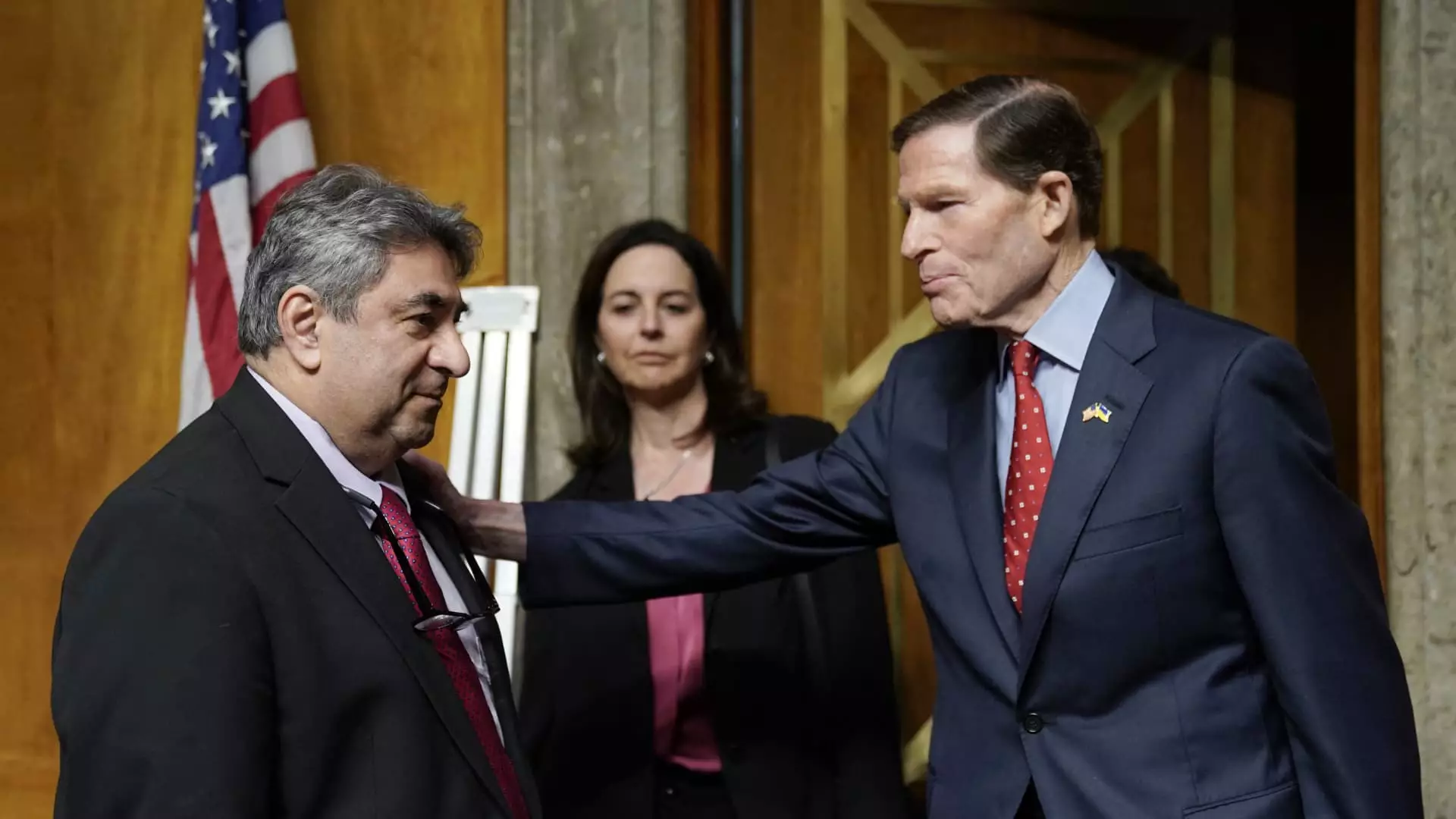Boeing, a major aircraft manufacturer, is once again facing criticism over safety and quality concerns following recent incidents. In a Senate hearing, a whistleblower who was a former Boeing engineer made alarming allegations regarding the manufacturer’s practices. The whistleblower, Sam Salehpour, claimed that corners were cut during the production of wide-body jets, potentially compromising safety standards.
Salehpour specifically mentioned issues with shimming tiny gaps on the 787 Dreamliner’s fuselage, which he warned could lead to premature fatigue failure. This raised serious questions about Boeing’s adherence to safety protocols and highlighted the need for greater scrutiny of the manufacturing process. The use of shims, crucial for ensuring structural integrity, was called into question, painting a concerning picture of oversight within the company.
Boeing has vehemently denied these allegations, asserting that the claims are inaccurate and defending its safety record. The company provided detailed information on its testing procedures, emphasizing the thorough fatigue testing conducted on its aircraft models. Despite the reassurances from Boeing and industry figures like United Airlines CEO Scott Kirby, doubts persist about the safety of Boeing planes in light of recent incidents.
Recent Safety Incidents and Consequences
The midair door blowout on a Boeing 737 Max 9 plane during a flight raised further doubts about Boeing’s safety culture and has had serious repercussions for the company. As a result, the Federal Aviation Administration has increased scrutiny of Boeing’s production lines, leading to delays in new plane deliveries. The fallout from these incidents has prompted leadership changes within Boeing, with the CEO announcing plans to step down and key positions being reshuffled.
The allegations of safety lapses at Boeing have cast a shadow over the company’s reputation and raised concerns about its commitment to ensuring the safety of its aircraft. While Boeing continues to defend its practices, the need for greater transparency and accountability in the aviation industry is evident. Addressing these challenges is crucial to maintaining public trust and upholding safety standards in the production of commercial aircraft.

Leave a Reply